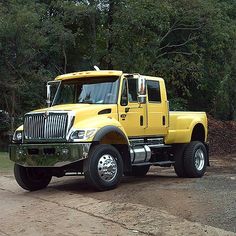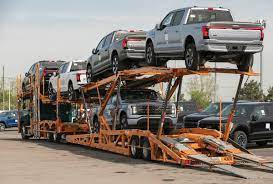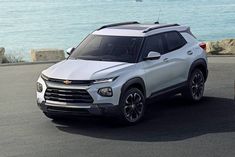Ford EVs Can Now Charge at Tesla Superchargers. Here’s How

In a groundbreaking move, Ford electric vehicles (EVs) have gained access to Tesla’s expansive network of superchargers. This development marks a significant step forward in the push for EV integration and increased convenience for EV owners. But how exactly can Ford EV owners take advantage of this opportunity? Here’s what you need to know.
Tesla has developed an adapter that allows non-Tesla EVs to connect to their superchargers. Ford has adopted this technology, allowing its EV customers to benefit from the widespread and highly efficient Tesla supercharging stations. This adapter converts the connector used by Tesla to the one compatible with Ford’s electric vehicles, which is typically the CCS (Combined Charging System) standard in North America.
For Ford EV owners, using Tesla’s supercharger network begins with obtaining the correct Tesla-to-CCS adapter, which is available for purchase through various outlets. Once acquired, charging at a Tesla station is relatively straightforward:
1. Locate a compatible Tesla supercharger.
2. Plug the adapter into the Tesla charger.
3. Connect your Ford EV to the adapter.
4. Initiate the charging process as you would at any other public CCS charging station.
The process integrates seamlessly with Ford’s existing charging protocols, ensuring that Ford drivers can enjoy rapid charge times and further range assurance.
Payment and access are handled through an app or an account system that needs to be set up in advance with the specific charging network provider – in this case, Tesla’s network. Furthermore, there might be subscription models or pay-per-charge options available for users depending on their preferences and usage patterns.
To support this new capability and ensure safety and efficiency, both companies have tested compatibility extensively. These tests ensure the adapter works reliably under various conditions and that there are no risks when it comes to electrical standards and communication between the car and charger.
While this compatibility feature has been rolled out, it’s important for Ford EV owners to check updates regularly regarding station availability, any potential software updates required for their vehicles, or changes in charging policies.
The ability to use Tesla Superchargers is expected to significantly ease range anxiety for many EV users by integrating more fully into an already established infrastructure. This collaboration between automotive competitors is seen as a nod towards standardization across the industry – a win not only for automakers but also for consumers seeking flexibility and convenience as they transition towards electric mobility.
By embracing shared infrastructure, the future of electric vehicle charging looks more cooperative and connected than ever before, paving the way towards a more sustainable transportation ecosystem powered by widespread, accessible electric fueling options.






